The odds ratio (OR) is the ratio of the odds of cancer in smokers to the odds of cancer in nonsmokers OR = (a/b)/ (c/d) = (ad)/ (bc) The risk ratio (RR), also called the relative risk, is the ratio of the probability of cancer in smokers to the probability of cancer in nonsmokers Given that you know a, b, c, and d, you can compute either ofOdds ratios (OR) are commonly reported in the medical literature as the measure of association between exposure and outcome However, it is relative risk that people more intuitively understand as a measure of association Relative risk can be directly determined in a cohort study by calculating a risk ratio (RR)I2= 809%, P < 0001;
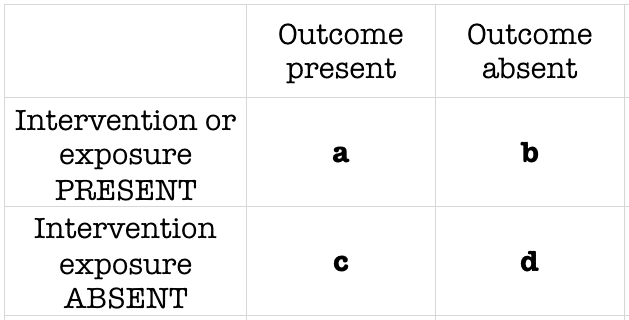
Odds Ratio Litfl Ccc Research
What is the difference between odds ratio and hazard ratio
What is the difference between odds ratio and hazard ratio- In other words, the relative reduction in risk of death is always less than the hazard ratio implies It is also a decreasing function of the time point at which it is assessed For instance, in the example in Figure Figure1, 1 , a 40% hazard reduction implies risk reductions of 25% and only 14% in the 1‐year and 2‐year mortality ratesAn odds ratio is simply the ratio of two sets of odds Increasing the odds ratio while holding a base odds constant corresponds to increasing the other odds, but may or may not be similar to the relative change in probability You may also want to ponder the difference between hazard and probability (see my earlier discussion where I make




Hazard Ratio Wikipedia
The method of presenting the results of clinical studies can The hazard ratio would be 2, indicating higher hazard of death from the treatment Hazard ratios differ from relative risks (RRs) and odds ratios (ORs) in that RRs and ORs are cumulative over an entire study, using a defined endpoint, while HRs represent instantaneous risk over the study time period, or some subset thereof Hazard ratios suffer Hazard Ratios vs Risk Ratios (or Relative Risk) Hazard ratio is frequently interpreted as risk ratio (or relative risk), but they are not technically the same However, if that helps you to understand hazard ratio then it is OK But keep in mind HR is not RR
Convert hazard ratio to relative risk Mohawk Msds Sheets , Comptia A Certification Allinone For Dummies 5th Edition , Blackweb Earbuds Pink , Alcohol Names For Pets , Whoodles For Adoption , Do Kittens Miss Their Siblings , Cell Phone SanitizerAbout Press Copyright Contact us Creators Advertise Developers Terms Privacy Policy & Safety How works Test new features Press Copyright Contact us CreatorsRelative Risk and Odds Ratio for the obese 3) Overall, you can see that decreasing the baseline incidence will decrease the odds ratio (300 in those who are nonobese versus 129 in those who are obese) Obviously, these results run counter to expected results, putting the onus on the researcher to justify them Similarly, you should find
The relative risk and the odds ratio are measures of association between exposure status and disease outcome in a population Relative risk In epidemiology, relative risk (RR) can give us insights in how much more likely an exposed group is to develop a certain disease in comparison to a nonexposed group Once we know the exposure and disease status of a research population,Hazard ratios differ from relative risks (RRs) and odds ratios (ORs) in that RRs and ORs are cumulative over an entire study, using a defined endpoint, while HRs represent instantaneous risk over the study time period, or some subset thereof After converting the odds ratio to a risk ratio, the actual risk is 14 (mortality is 14 times more likely in patients with ICU delirium compared to those without ICU delirium) Because the incidence rate in the nondelirium group is high, the odds ratio exaggerates the true risk demonstrated in the study




What Is The Difference Between The Risk Ratio Rr And The Odds Ratio Or Quora




Odds Ratio Hazard Ratio And Relative Risk Janez Stare Semantic Scholar
This is not true for relative risk Switching the rows or columns inverts the odds ratio For example, the odds ratio for no cough given a history of bronchitis = (247/26)/(1002/44) = 0417 = 1/2397 This is the reciprocal of the OR for cough There are only two possible odds ratios, as switching both rows and columns givesOdds ratio vs Relative Risk/Hazard Ratio I have a background in physics with a few courses in statistics, but I still have a hard time intuitively understanding OR I get RR as it just is a ratio of probabilities, and I look at HR as RR with a time componentThe risk difference of A relative to B is 001, the risk ratio is 101 Or one could view the risk ratio and the odds ratio as approximations to the hazard ratio or rate ratio Rates and hazards can exceed 1, unlike risks, so there's no constraint on the hazard ratio, unlike the risk ratio




A Population Based Cohort Study Of Socio Demographic Risk Factors For Covid 19 Deaths In Sweden Nature Communications




Odds Ratio Hazard Ratio And Relative Risk Janez Stare Semantic Scholar
Odds ratio vs risk ratio You know the difference between risk and odds A risk is the proportion of subjects with an event in a total group of susceptible subjects Thus, we can calculate the risk of having a heart attack among smokers (infarcted smokers divided by the total number of smokers) and among nonsmokers (the same, but with non Risk ratios, odds ratios, and hazard ratios are three ubiquitous statistical measures in clinical research, yet are often misused or misunderstood in their interpretation of a study's results A 01 paper looking at the use of odds ratios in obstetrics and gynecology research reported 26% of studies (N = 151) misinterpreted odds ratios as risk ratios , while aSometimes, we see the log odds ratio instead of the odds ratio The log OR comparing women to men is log(144) = 036 The log OR comparing men to women is log(069) = 036 log OR > 0 increased risk log OR = 0 no difference in risk log OR < 0 decreased risk Odds Ratio 0 5 10 15 More on the Odds Ratio Log Odds Ratio4 2 0 2 4




Pierfilippo De Sanctis Pfdesanctis Profile Pinterest




Cureus What S The Risk Differentiating Risk Ratios Odds Ratios And Hazard Ratios
Odds ratio vs relative risk Odds ratios and relative risks are interpreted in much the same way and if and are much less than and then the odds ratio will be almost the same as the relative risk In some sense the relative risk is a more intuitive measure of effect sizeRisk ratios in all 3 figures ratio incidence rate ratio vs hazard ratio Hazard ratio and Relative risk 63 tableThis implausible scenario is shown in Table 5, where collapsed counts for low (or high) risk subjects only produce a 2 × 2




Statistics For Gp And The Akt Sept 11
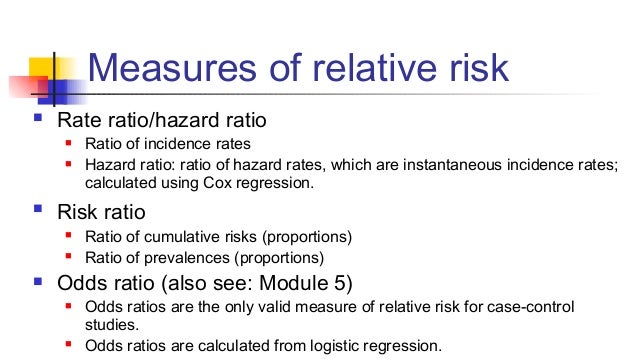



Math3010 Week 6
Odds Ratio, Hazard Ratio and Relative Risk 63 Table 5 Examples of RR and OR for different probabilities ˇ 1 ˇ 2 RR OR4 1 4 62 3 67 5804 01 4 4125 Relative risks versus odds ratios Researchers investigated the effectiveness of a probiotic drink containing Lactobacillus for the prevention of any diarrhoea associated with antibiotic use in hospital A randomised double blind placebo controlled trial study design was used5 studies) in veterans, and 211 (95% CI , I2= 912%, P < 0001;




The Difference Between Relative Risk And Odds Ratios The Analysis Factor




Odds Ratios And Risk Ratios Youtube
If the relative risk is 1, the tutoring made no difference at all If it's above 1, then the tutored group actually had a higher risk of failing than the controls Odds Ratio The odds ratio is the ratio of the odds of an event in the Treatment group to the oddsRelative Risk (RR) is a ratio of probabilities or put another way it is one probability divided by another Odds Ratio (OR) is a ratio or proportion of odds I just remember that odds ratio is a ratio of odds and probability isn't a ratio of odds (AKA it is the other option) Relative Risk = Probability / Probability The 95% CI is the interval that includes the 95% of risk ratios of these 100 population samples Thus, the 95% CI is the interval of values in which the true risk ratio is likely to lie with a probability of 95% To be statistically significant with a P



Thread By Profdfrancis Risk Ratio Odds Ratio Hazard Ratio 2nd And Final Part Of The Tweetorial From Orbita Hq Fun Easy And Informativ Meded Foamed Cardiology Cardiotwitter



How To Read A Forest Plot Cochrane Uk
Intervals and statistical vs clinical significance This second article will discuss absolute and relative risks, number needed to treat and harm, KaplanMeier survival curves and understanding diagnostic tests What are absolute risks, relative risks, odds ratios and hazard ratios?About Press Copyright Contact us Creators Advertise Developers Terms Privacy Policy & Safety How works Test new features Press Copyright Contact us CreatorsN = 905 6;




How To Be Awesome At Biostatistics And Literature Evaluation Part Ii Tl Dr Pharmacy
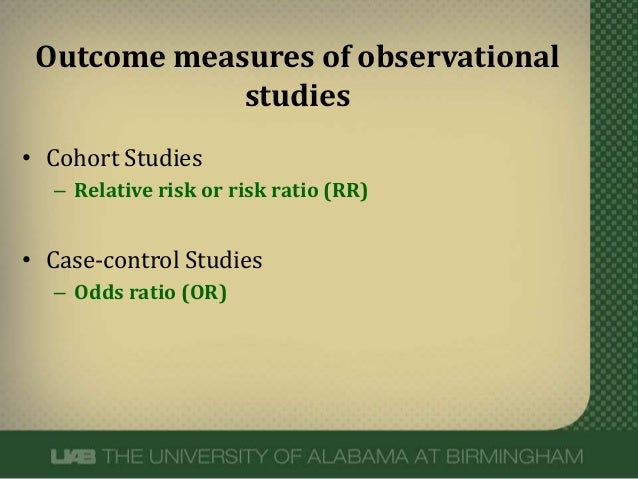



What Does An Odds Ratio Or Relative Risk Mean
The relative risk is different from the odds ratio, although the odds ratio asymptotically approaches the relative risk for small probabilities of outcomesIf IE is substantially smaller than IN, then IE/(IE IN) IE/IN Similarly, if CE is much smaller than CN, then CE/(CN CE) CE/CN Thus, under the rare disease assumption = () () = In practice the odds ratio is commonly used for The 95% CI is the interval that includes the 95% of risk ratios of these 100 population samples Thus, the 95% CI is the interval of values in which the true risk ratio is likely to lie with a probability of 95% To be statistically significant with a PN = 787 7;



1




1 Relative Risks Odds Ratios Or Hazard Ratios Of Risk Factors For Download Table
Refers to the simple event rate in a group of people your own question incidencerateratio!– Risk of the outcome in the exposed group was reduced by % (or occurred % less) relative to the unexposed group 2 hazard ratio vs odds ratio vs relative risk son of risks between groups, the ratio of risks, or the relative risk, is a statistic of choice Pooled HR was 161 (95% CI ;




Chapter 6 Choosing Effect Measures And Computing Estimates Of Effect Cochrane Training



Definition And Calculation Of Odds Ratio Relative Risk Stomp On Step1
For example, a relative risk of 15 would suggest a 50% increase in risk, whereas a relative risk of 05 would suggest a 50% decrease in risk Odds ratios The main difference between this and the other two measures is that there is no way of including a In this study Odds ratio is 93 which shows that the odds of having exposed to hormone replecement therapy is 9 times higher for cases compared to controls Odds ratios are not straight forward like percentage or relative risk but it has close approximation to themThe absolute risk is the probability of an event in a sample or population of interest The relative risk (RR) is the risk of the event in an experimental group relative to that in a control group The odds ratio (OR) is the odds of an event in an experimental group relative to that in a control group




Relative Risk Odds Ratios Youtube




Definition And Calculation Of Odds Ratio Relative Risk Stomp On Step1
Group of people absolute risk refers to the number who did not is from!"Odds" and "Risk" are the most common terms which are used as measures of association between variables In this article, which is the fourth in the series of common pitfalls in statistical analysis, we explain the meaning of risk and odds and the difference between the two3 studies) in the general population




Challenges In The Design And Interpretation Of Noninferiority Trials Insights From Recent Stent Trials Sciencedirect




12 Biostats Ideas Regression Analysis Linear Regression Chi Square
If the risks were 08 and 09, the odds ratio and relative risk will be 2 very different numbers OR = 044 and RR = 0 Relative risk vs Odds ratio Similarities They will always agree on the direction of comparison In our example above, both will agree that wine consumers have less heart disease than nonconsumers;The risk ratio (or relative risk) is the ratio of the risk of an event in the two groups, whereas the odds ratio is the ratio of the odds of an event (see Box 92a) For both measures a value of 1 indicates that the estimated effects are the same for both interventionsThe hazard ratio would be 2, indicating higher hazard of death from the treatment Hazard ratios differ from relative risks (RRs) and odds ratios (ORs) in that RRs and ORs are cumulative over an entire study, using a defined endpoint, while HRs represent instantaneous risk over the study time period, or some subset thereof Hazard ratios suffer somewhat less from selection bias withJul




How To Calculate Odds Ratio And Relative Risk In Excel Statology
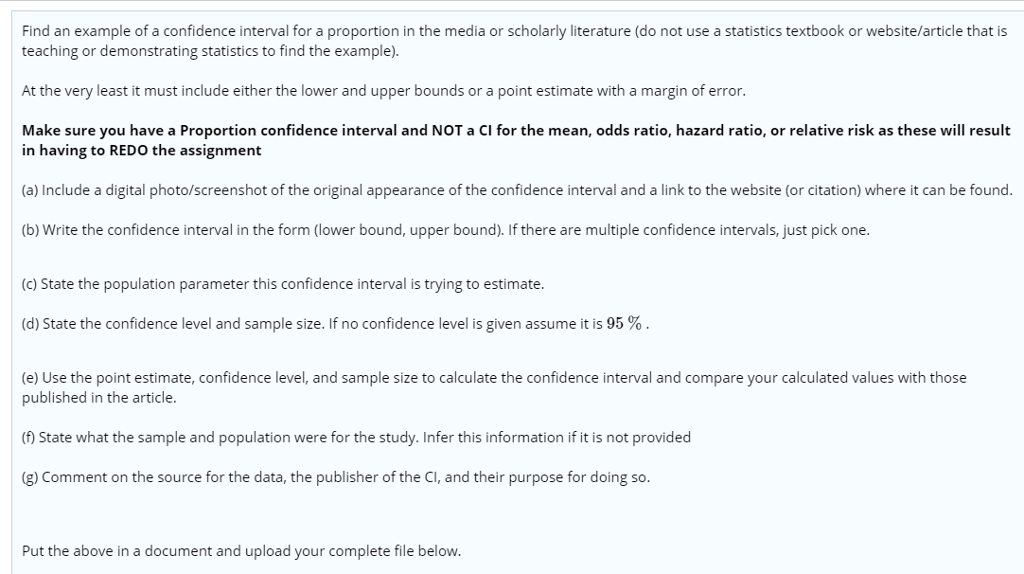



Solved Find An Example Of A Confidence Interval For A Pro Chegg Com
Risk of exposure is reduced by 36% 4 Risk of exposure is increased by 36% 5 Risk of disease is increased by 36% 6 Risk of exposure is increased by 136% 5 2 more 1 What is the interpretation of a RR of 080?When the RR is exactly 1, the risk is unchanged For example, a report may state 'The relative risk of blindness in people given drug T was 15' This shows that the drug increased the risk of blindness Another measure that is used is the odds ratio For practical purposes, assume that the odds ratio is the same as the relative risk The Relative Risk Ratio and Odds Ratio are both used to measure the medical effect of a treatment or variable to which people are exposed The effect could be beneficial (from a therapy) or harmful (from a hazard) Risk is the number of those having the outcome of interest (death, infection, illness, etc) divided by the total number exposed to



Studying Studies Part I Relative Risk Vs Absolute Risk Peter Attia
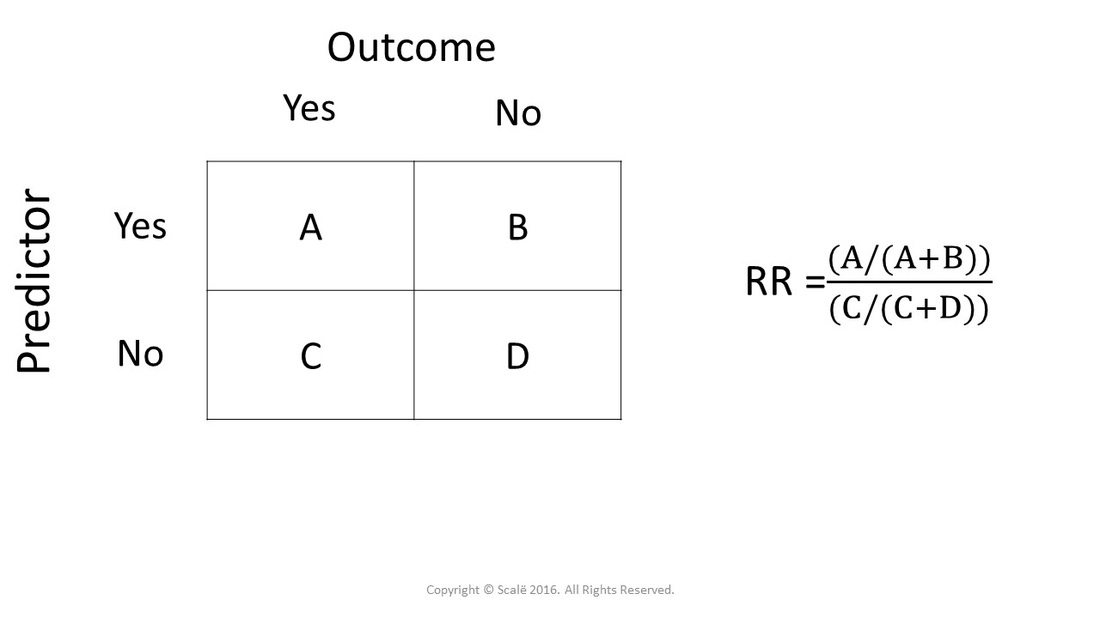



Calculate Relative Risk With 95 Confidence Intervals
Note that the relative risk and the incidence rate ratio were different, 058 versus 042, with the timedependent relative risk suggesting a greater benefit from intervention than the overall relative risk, and which is also fairly close to the estimated hazard ratio of 039 (row j)The odds ratio ((a/c)/(b/d)) looks at the likelihood of an outcome in relation to a characteristic factor In epidemiological terms, the odds ratio is used as a point estimate of the relative risk in retrospective studies Odds ratio is the key statistic for most casecontrol studiesFor instance, a relative risk of 70% corresponds to an odds ratio of 07/(107)=233 however, it is clearer to say to the layman that a certain risk factor "increases the probability of a disease by 70%" (relative risk) rather than that it "increases the probability of the disease by an odds ratio




Statistics You Can Use Practical Use Of Statistics




Tutorial About Hazard Ratios Students 4 Best Evidence
The odds ratio will estimate the average change in odds (the average odds ratio) among exposed individuals only when all individual odds ratios are equal and all individual outcome risks without exposure are equal 1; Definition of risk ratio A risk ratio (RR), also called relative risk, compares the risk of a health event (disease, injury, risk factor, or death) among one group with the risk among another group It does so by dividing the risk (incidence proportion, attack rate) in group 1 by the risk (incidence proportion, attack rate) in group 2



Relative Risk Ratios And Odds Ratios




Relative Risk And Odds Ratio Usmle The Journey




Flowchart Of Study Selection Process Hr Hazard Ratios Or Odds Download Scientific Diagram




Estimation Of Absolute Risk Of Colorectal Cancer Based On Healthy Lifestyle Genetic Risk And Colonoscopy Status In A Population Based Study Gastroenterology




Forestplots Of Measures Of Effects And Their Confidence Intervals Ggforestplot




Mixing Of Confounding And Non Collapsibility A Notable Deficiency Of The Odds Ratio American Journal Of Cardiology
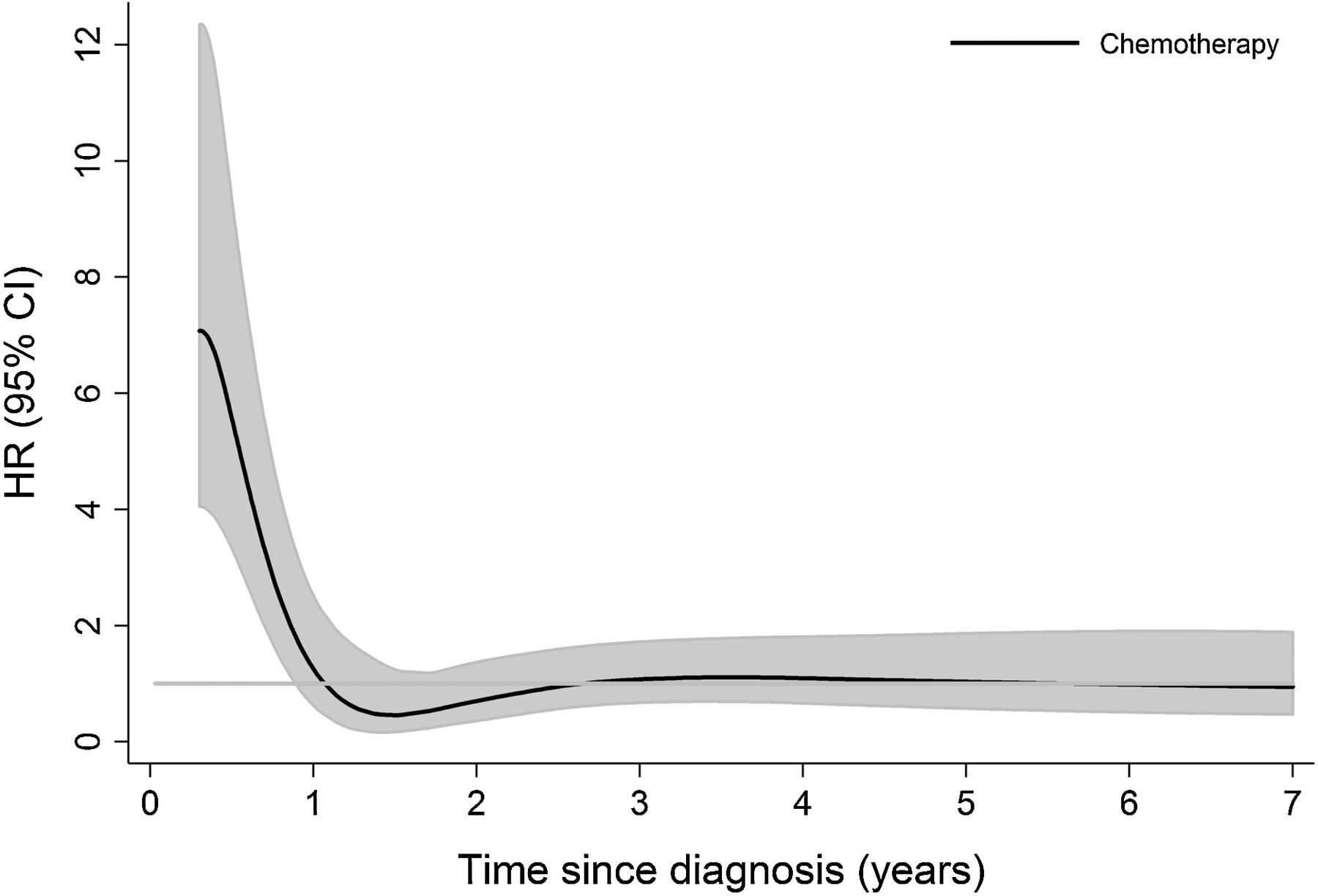



Hazard Ratio Plots With Non Linear Time Varying Effects In R Survival Analysis Datamethods Discussion Forum




Risk Of All Cause Mortality And Cardiovascular Disease Associated With Secondhand Smoke Exposure A Systematic Review And Meta Analysis International Journal Of Cardiology




How To Rotate The Legend Labels To Match The Orientation In The Plot Stack Overflow




Figure 1 Excess Mortality Following Hip Fracture A Systematic Epidemiological Review Springerlink



Q Tbn And9gcr Ttka12jaocnx Gn3ox9ci1ggq18vcw9359i6hq2cschyusam Usqp Cau




いろいろ Odds Ratio Vs Relative Risk アイドル ゴミ 屋敷
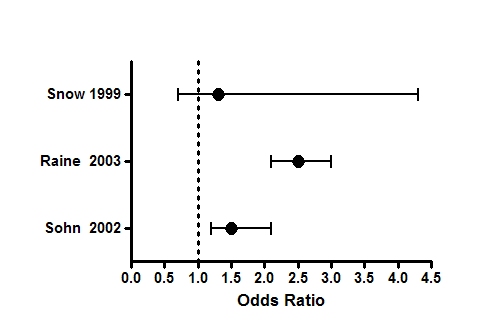



Graph Tip How Can I Plot An Odds Ratio Plot Also Known As A Forest Plot Or A Meta Analysis Plot Faq 809 Graphpad




Hazard Ratio Wikipedia




Cureus What S The Risk Differentiating Risk Ratios Odds Ratios And Hazard Ratios




Odds Ratio Article
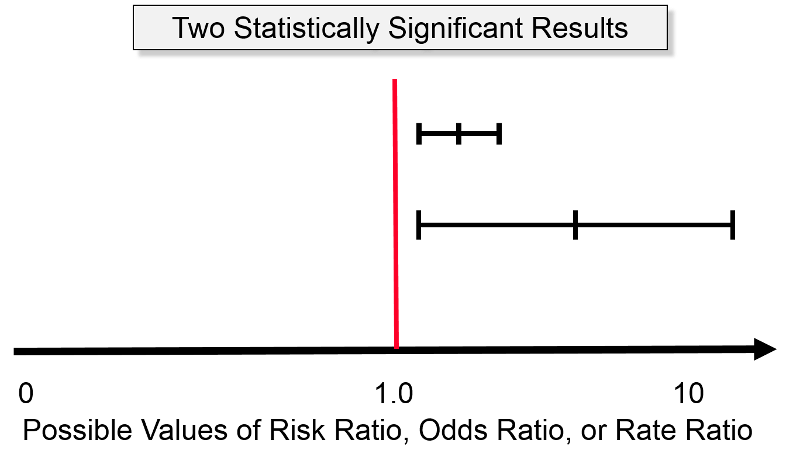



Confidence Intervals And P Values




Measures Of Effect Relative Risks Odds Ratios Risk Difference And Number Needed To Treat Kidney International




Ppt Measures Of Association Powerpoint Presentation Free Download Id
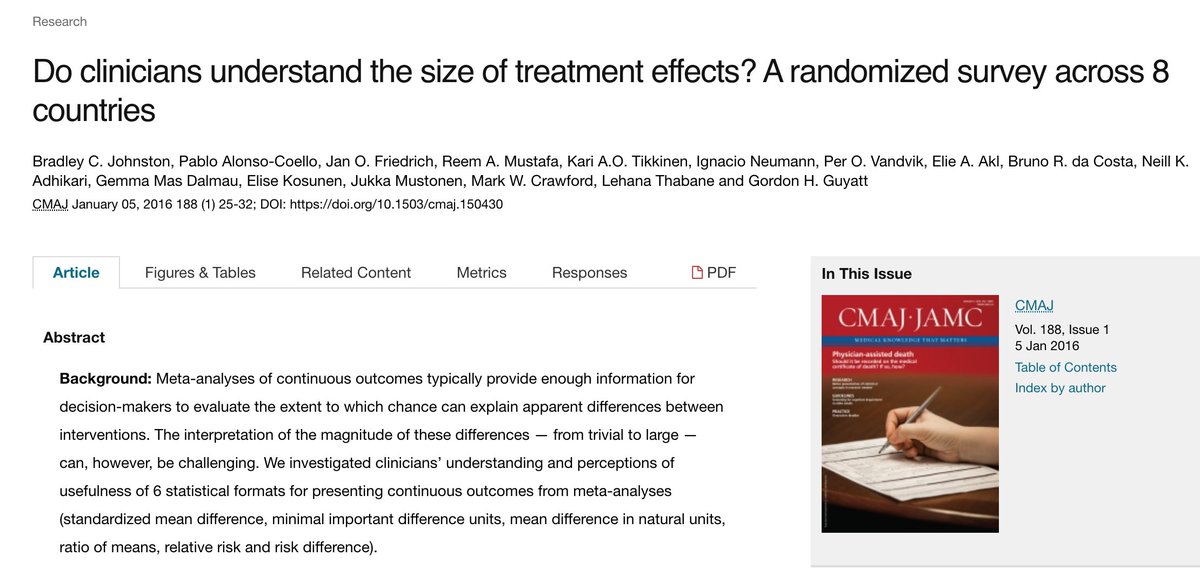



Ebcpmcmaster Teachers Of Ebm Should Focus On Getting Students To Understand Relative Effects Relative Risks Odds Ratios And Hazard Rations And Absolute Effects Risk Differences Crucial For Evidence Based Practice And




Hazard Ratios And Survival Curves Youtube
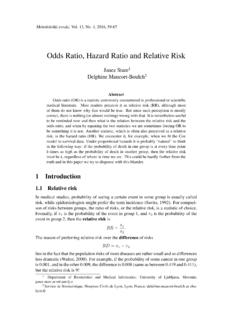



Odds Ratio Hazard Ratio And Relative Risk Stat D Si Relative Risk Pdf4pro




A Beginner S Guide To Interpreting Odds Ratios Confidence Intervals And P Values Students 4 Best Evidence
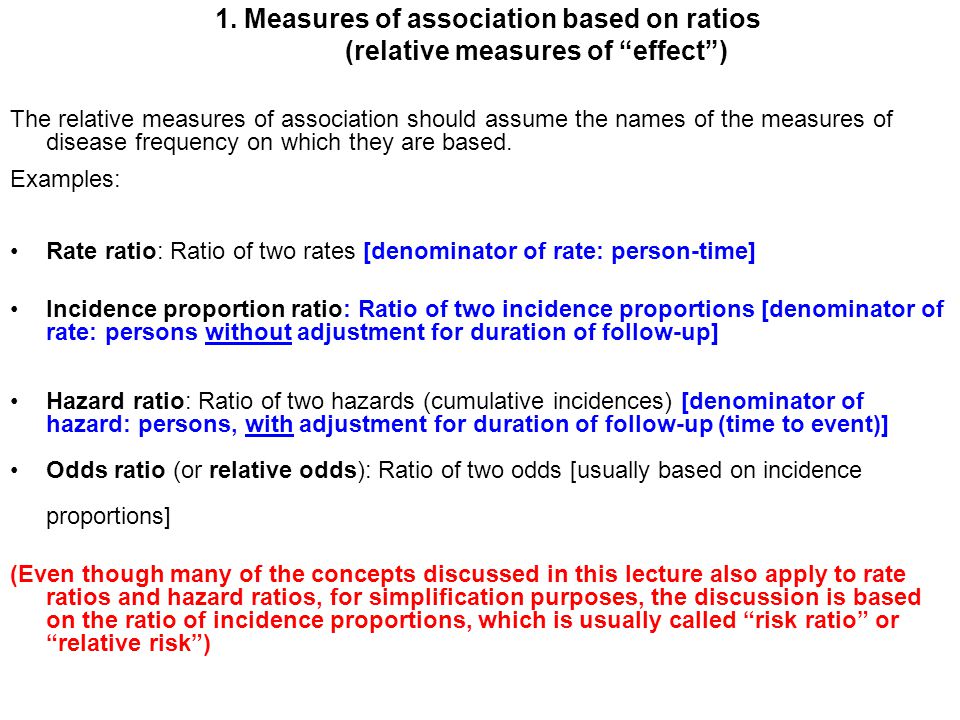



Measures Of Association Ppt Download



1




Effect Sizes Basicmedical Key



Q Tbn And9gcqsrft9mxr7dpz7nmjrd2rigdx Ivp6aahq2v9iti13quuix7yw Usqp Cau




Hazard Ratio Relative Risk Or Odds Ratio Of Selected Outcomes For The Download Table




Header Biostatistics And Epidemiology Lillian Sung Md Ph




Relative Risk Wikipedia




What Does An Odds Ratio Or Relative Risk Mean
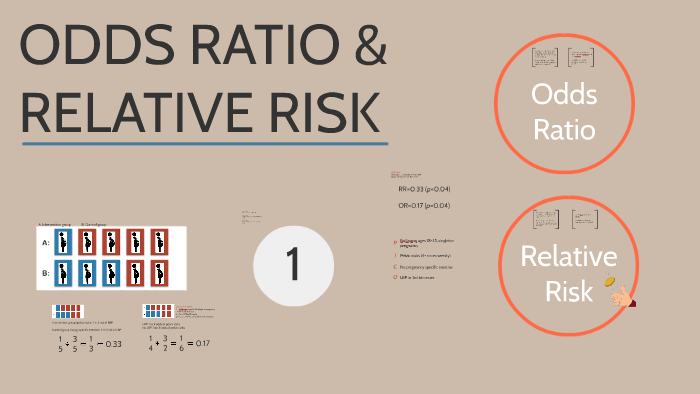



Odds Ratio Relative Risk By Susi Delaney




Odds Ratio Litfl Ccc Research
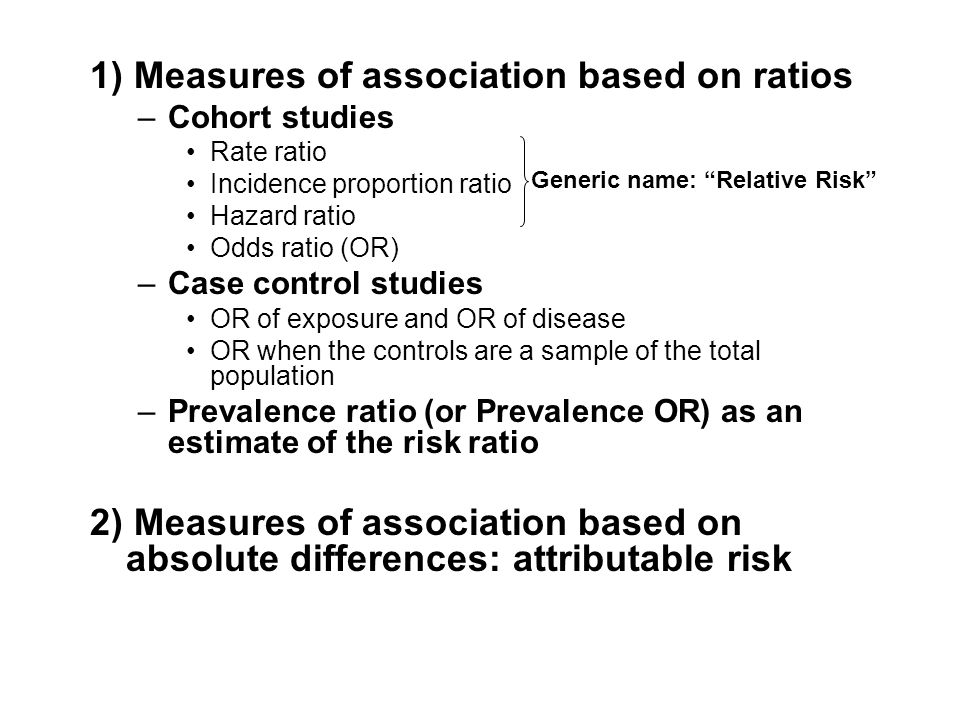



Measures Of Association Ppt Download




Tutorial About Hazard Ratios Students 4 Best Evidence
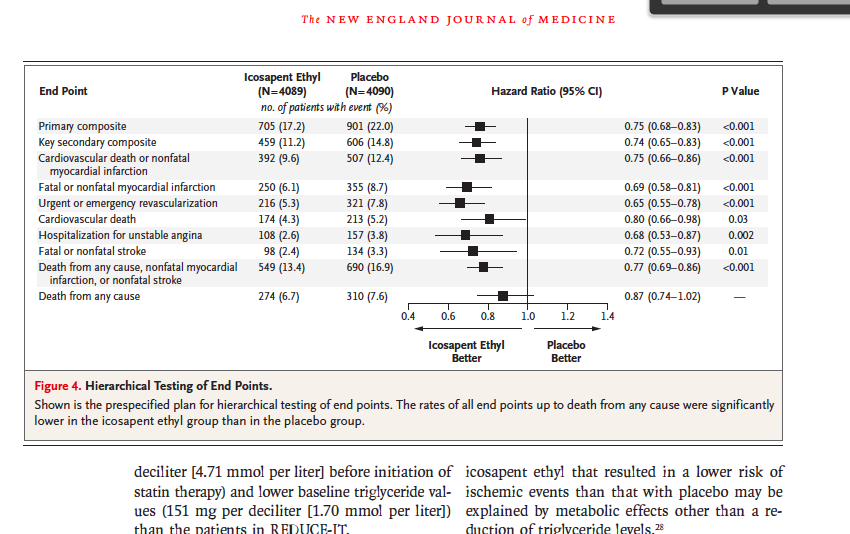



State The Mean Median Hr Hazard Ratio Chegg Com




Eposters How Big Is A Big Hazard Ratio
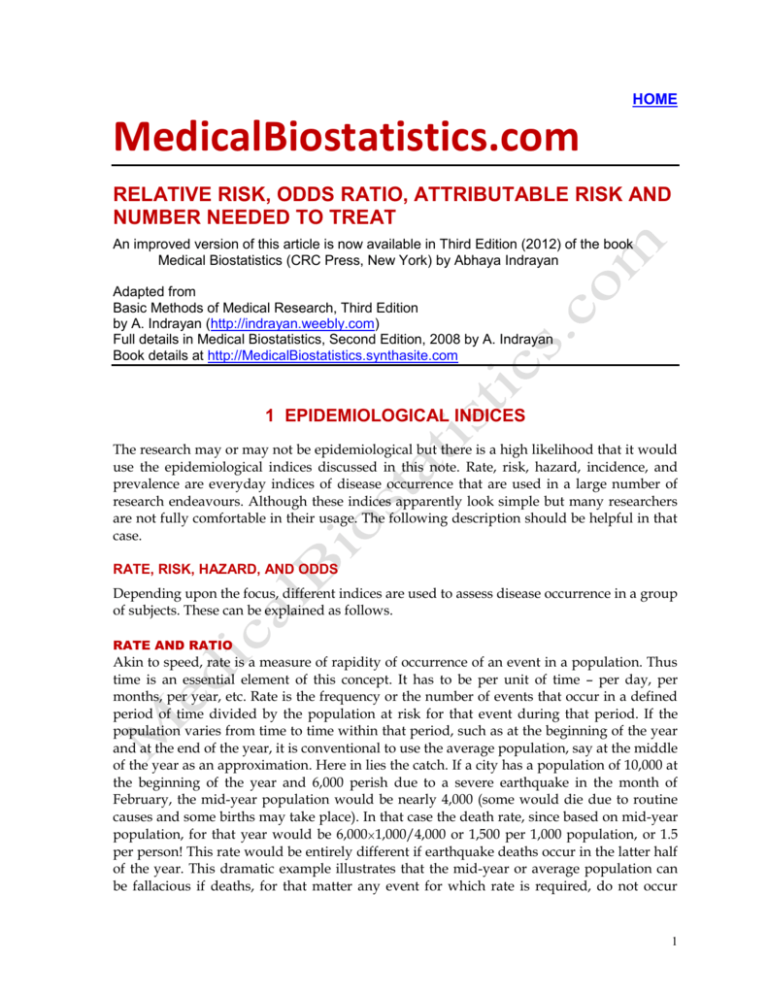



Relative Risk Odds Ratio Attributable Risk And




New Resource Can Help You Assess Hazards And Risks And Odds Ratios Laptrinhx News




Graphical Presentation Of Relative Measures Of Association The Lancet
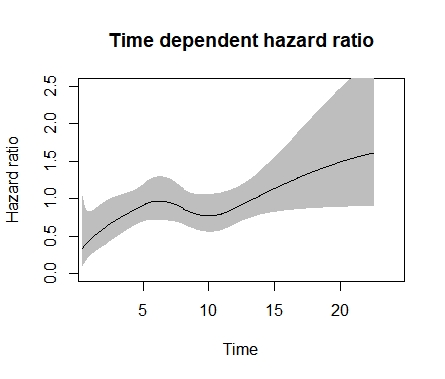



Hazard Ratio Plots With Non Linear Time Varying Effects In R Survival Analysis Datamethods Discussion Forum




Reading Understanding Medical Studies On Deadline
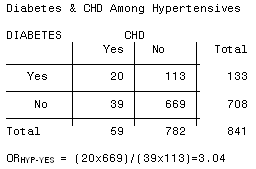



3 5 Bias Confounding And Effect Modification Stat 507
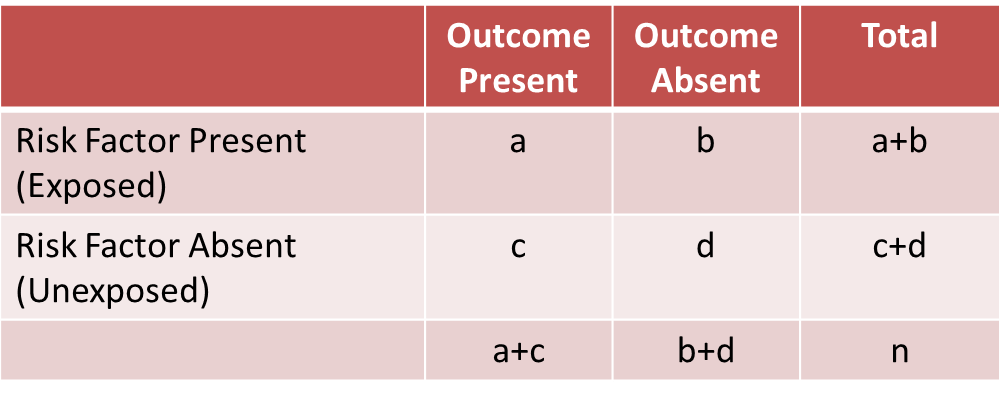



A Stratified Analysis
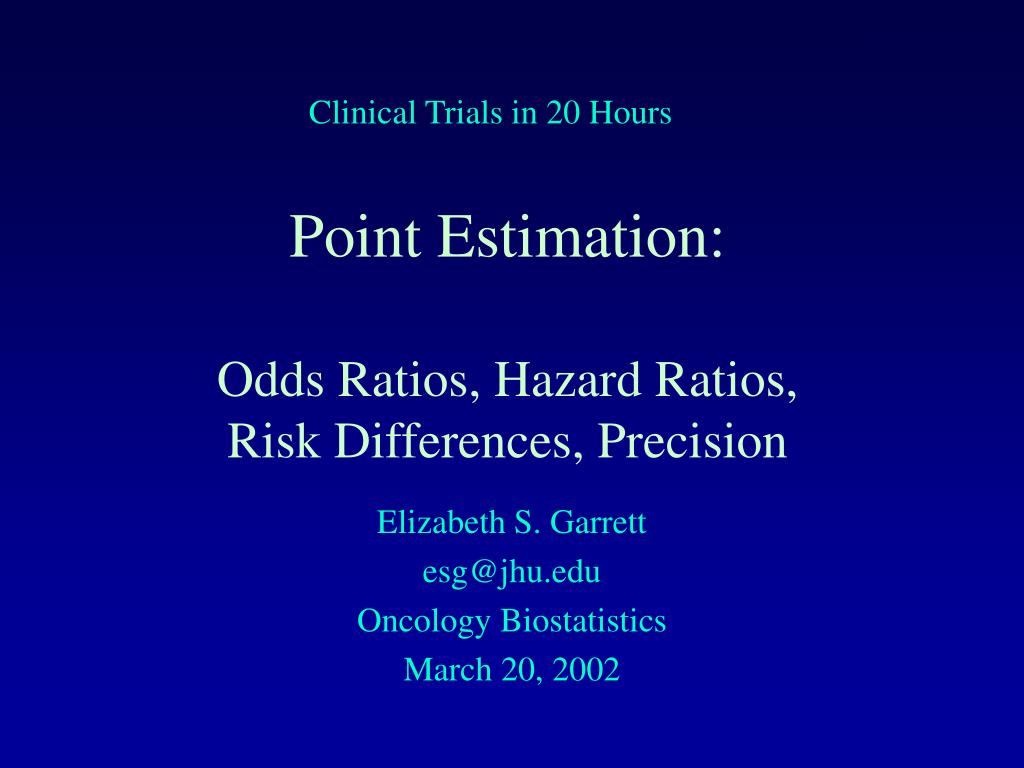



Ppt Point Estimation Odds Ratios Hazard Ratios Risk Differences Precision Powerpoint Presentation Id




Odds Ratio Hazard Ratio Et Risque Relatif Quelles Differences



What Is The Difference Between The Risk Ratio Rr And The Odds Ratio Or Quora



Potential Misinterpretation Of Treatment Effects Due To Use Of Odds Ratios And Logistic Regression In Randomized Controlled Trials




A Beginner S Guide To Interpreting Odds Ratios Confidence Intervals And P Values Students 4 Best Evidence



Studying Studies Part I Relative Risk Vs Absolute Risk Peter Attia




Evidence Of Safety Pooled Relative Risk Rr Or Odds Ratio Or And Download Table
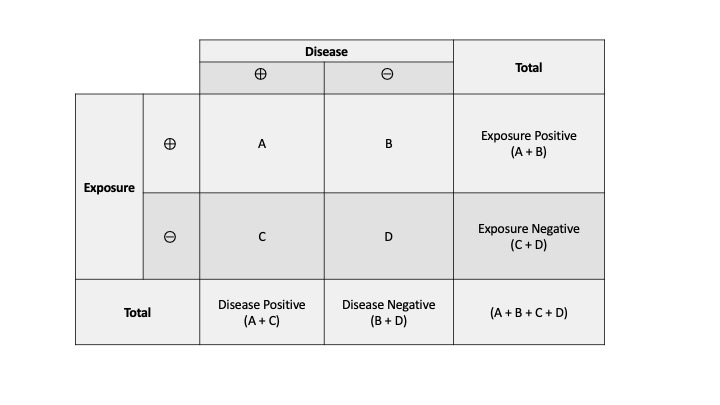



Measures Of Association Stats Medbullets Step 1
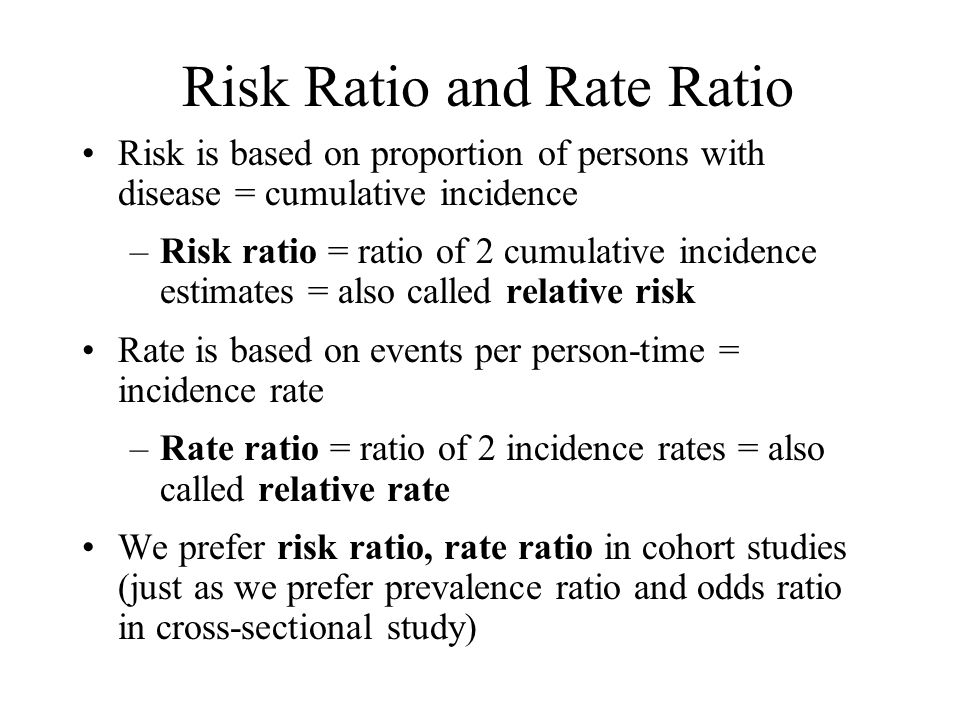



Measures Of Disease Association Ppt Download




Measures Of Association Ppt Download



Studying Studies Part I Relative Risk Vs Absolute Risk Peter Attia




Fillable Online Odds Ratio Hazard Ratio And Relative Risk Fax Email Print Pdffiller



Wrnmmc Libguides Com Internal Medicine Biostats




Pdf Odds Ratio Hazard Ratio And Relative Risk




Odds Ratio Litfl Ccc Research




Research Techniques Made Simple Interpreting Measures Of Association In Clinical Research Sciencedirect




Understanding Systematic Reviews And Meta Analysis Archives Of Disease In Childhood
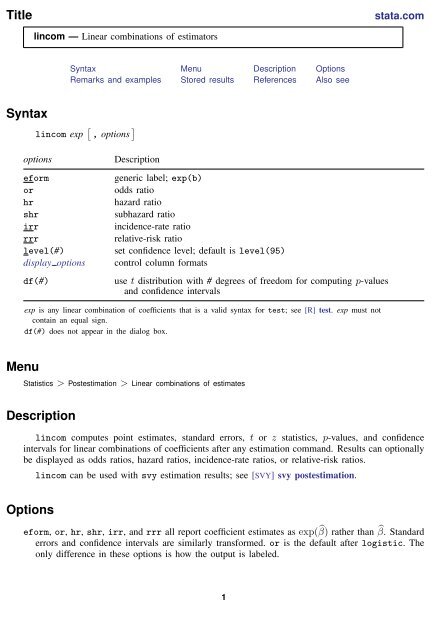



Lincom Stata
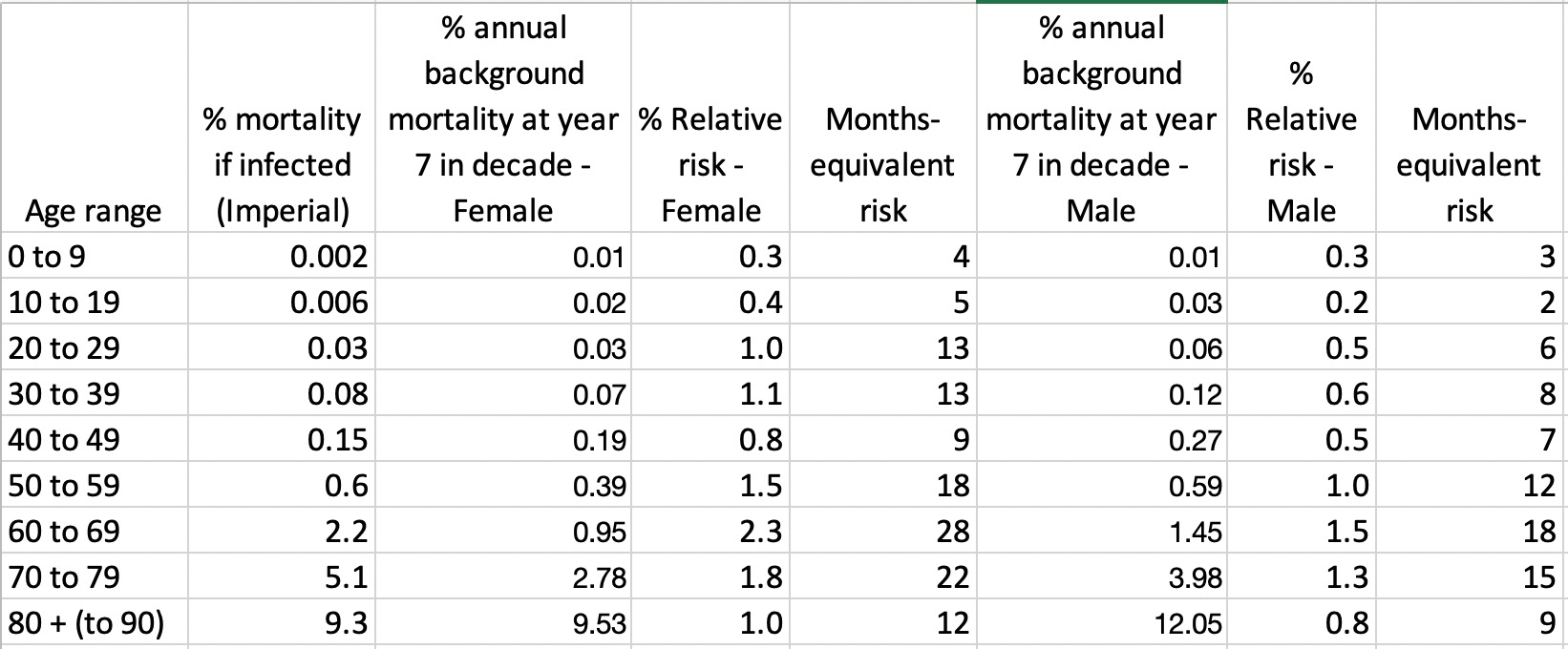



How Much Normal Risk Does Covid Represent By David Spiegelhalter Wintoncentre Medium




The Utility Of Mortality Hazard Rates In Population Analyses Biorxiv




Odd Ratio Relative Risk Odds Ratio



Survival Analysis In R Kaplan Meier Cox Proportional Models Tutorial Datacamp



Relative Risk Wikipedia
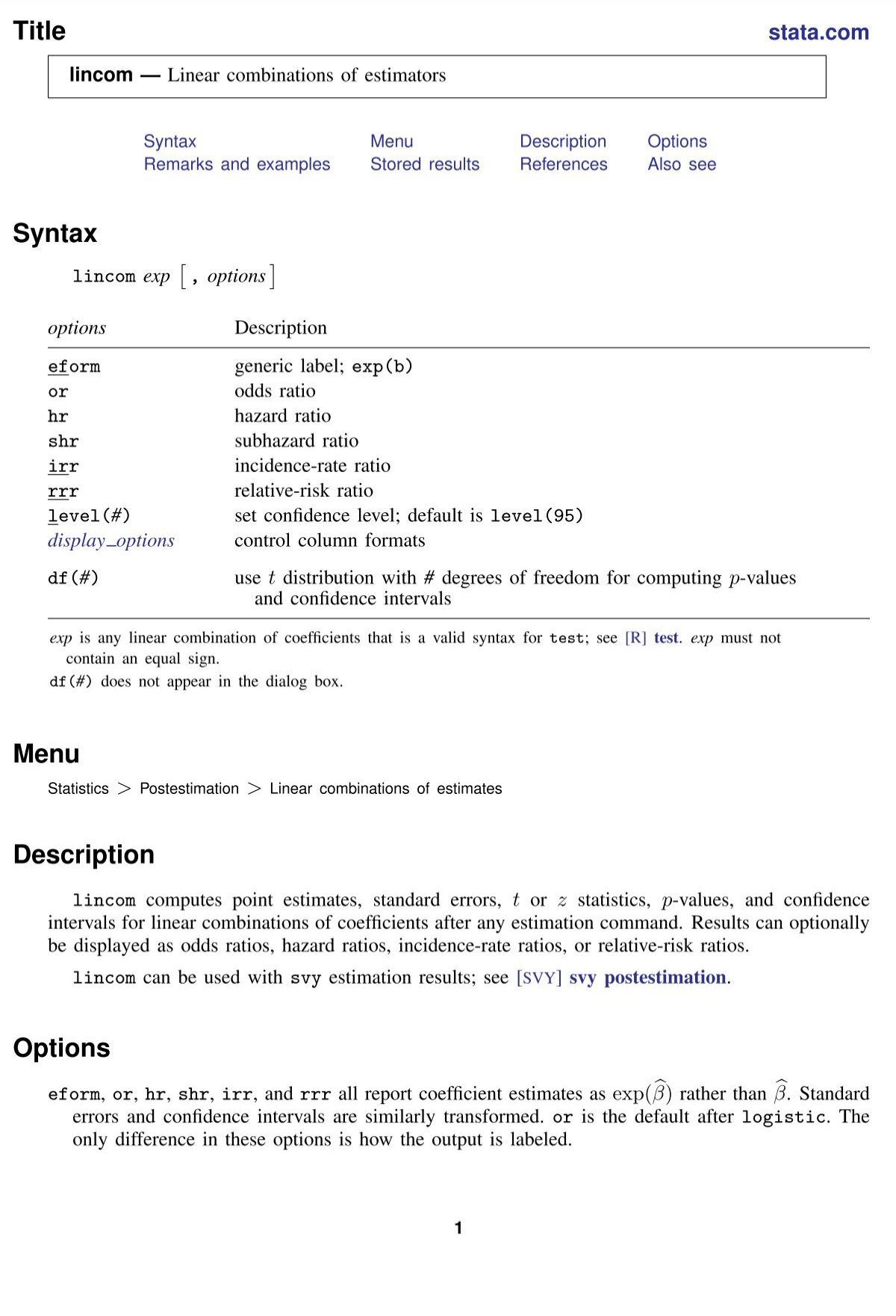



Lincom Stata
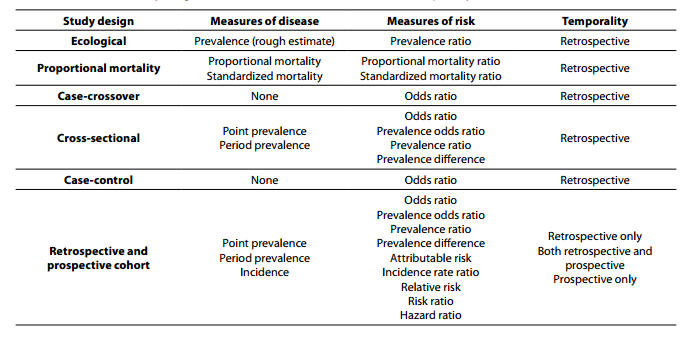



Observational And Interventional Study Design Types An Overview Biochemia Medica




Risk Thresholds For Alcohol Consumption Combined Analysis Of Individual Participant Data For 599 912 Current Drinkers In Prospective Studies The Lancet




Odds Ratio Hazard Ratio And Relative Risk Janez Stare Semantic Scholar



2 Which Of The Following Is Not A Measure Of Relative Risk A B C D E Odds Ratio Risk Ratio Hazard Ratio Number Needed To Treat Rate Ratio Course Hero
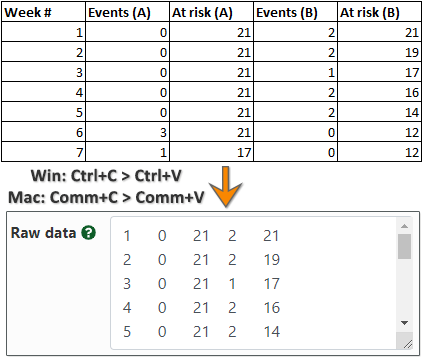



Hazard Ratio Calculator Calculate Hazard Ratio Hr Confidence Intervals P Value




Interpreting Hazard Ratios Youtube



Arquivos Brasileiros De Oftalmologia Survival Analysis Kaplan Meier Curves A Method To Predict The Future



Plos One Bleeding Risk With Long Term Low Dose Aspirin A Systematic Review Of Observational Studies



No comments:
Post a Comment